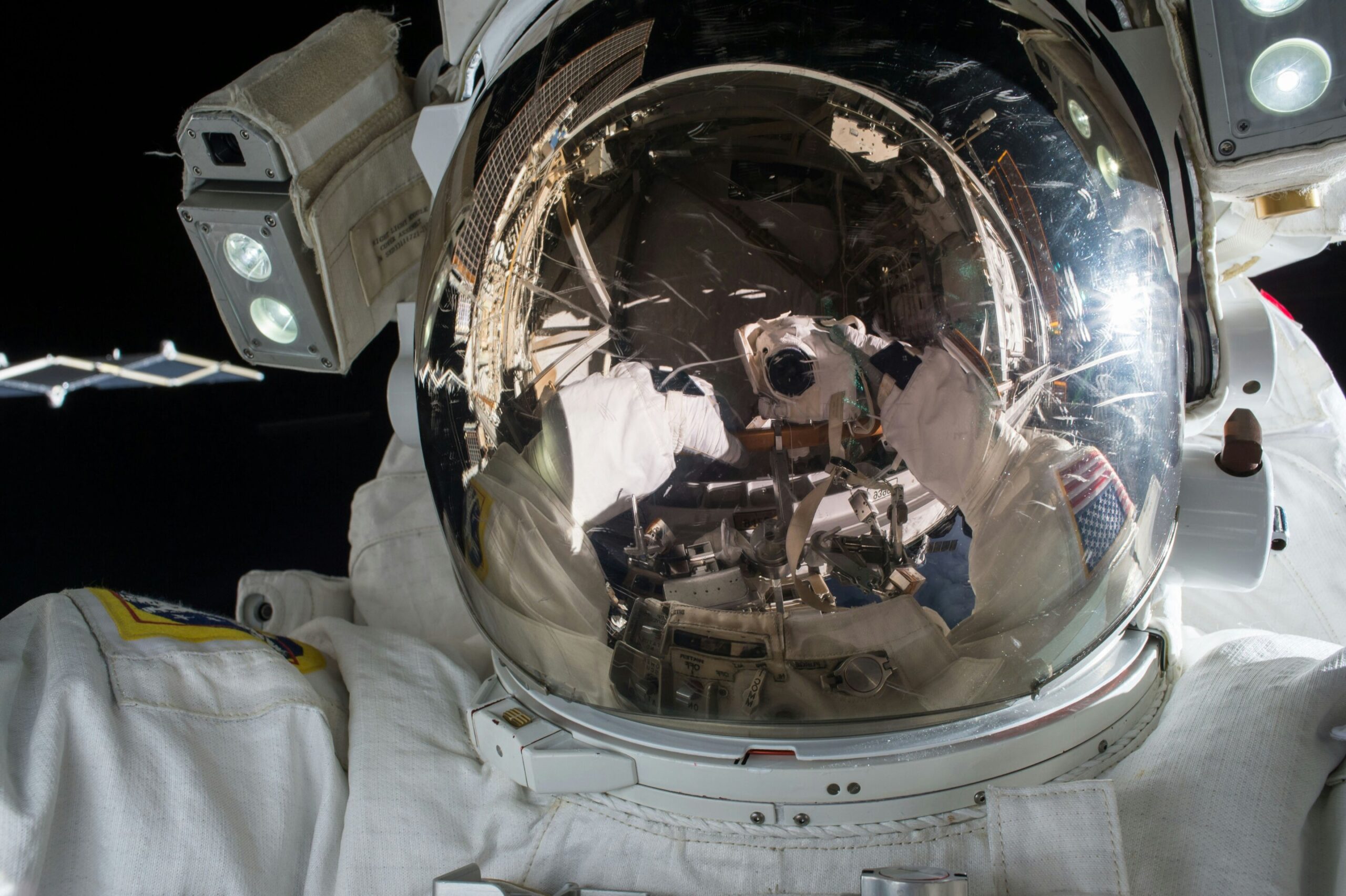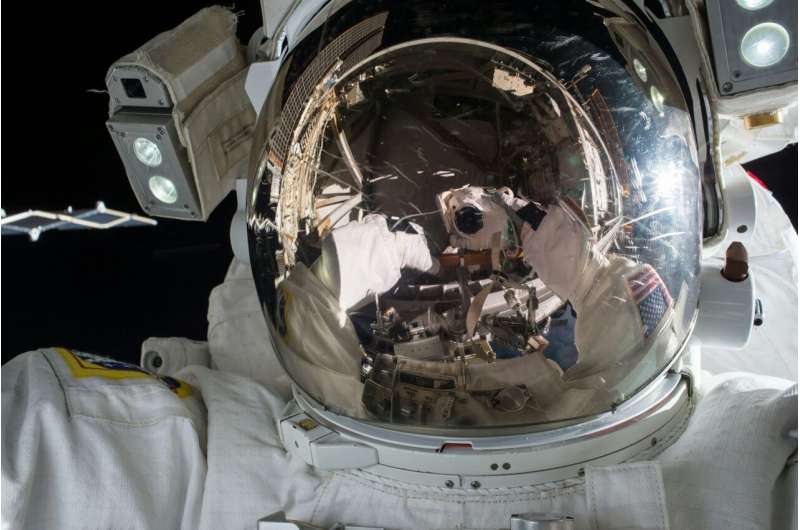

A team of international scientists has taken a significant step towards making lunar exploration safer, proposing a distress monitoring and rescue system designed for the moon’s unique and challenging environment.
As NASA’s Artemis program aims to establish a long-term human presence on the moon, astronauts will be exposed to high-risk situations in remote areas like the lunar south pole.
A project led by the University of South Australia (UniSA), addresses the critical need for an emergency system capable of providing safety alerts, incident reporting, and location tracking of astronauts in distress.
Researchers from Adelaide and the US are designing a satellite constellation that prioritizes communication and geolocation on the moon’s surface. Using this system, astronauts will be able to send distress signals to a network of satellites that will relay the information back to Earth or other lunar bases.
The system is based on the COSPAS-SARSAT technology already used for search and rescue on Earth, adapted for lunar conditions.
Dr. Mark Rice, a UniSA adjunct researcher and founder of Safety from Space, says the distress system could allow continuous communication with astronauts for up to 10 hours, even in the most challenging terrain, such as craters or mountains.
“Our team has also developed a waveform that supports low-power emergency beacons, ensuring that communication remains possible with minimal infrastructure and energy consumption,” Dr. Rice says.
“This innovation is a critical advancement for space exploration. As humans venture further into space, the ability to quickly locate and rescue individuals in distress is vital. By creating a robust search and rescue system for the moon, this research sets the foundation for similar systems on other planets, potentially revolutionizing how we approach human safety in space exploration.”
Closer to home, the technology—called Beagle—has been described as a “game changer” for two-way emergency communications when applied to Earth-based search and rescue operations. This would enhance emergency response efforts in remote and hazardous locations, potentially saving countless lives, the researchers say.
The work was presented to the International Communications and Satellite Systems conference.
More information:
Rice, M. et al. Distress monitoring and tracking for future Lunar exploration, 40th International Communications Satellite Systems Conference, ICSSC 2023. DOI: 10.1049/icp.2024.0817
Provided by
University of South Australia
Citation:
New lunar distress system could safeguard future astronauts (2024, October 3)
retrieved 4 October 2024
from https://phys.org/news/2024-10-lunar-distress-safeguard-future-astronauts.html
This document is subject to copyright. Apart from any fair dealing for the purpose of private study or research, no
part may be reproduced without the written permission. The content is provided for information purposes only.